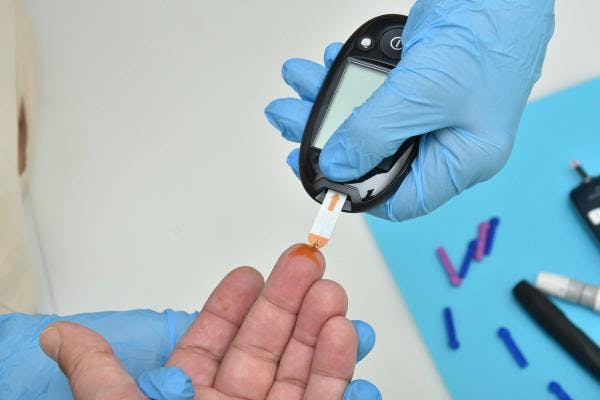Vecteezy.com
L'aggravation de la crise du VIH en Europe de l'Est et en Asie centrale
L'escalade de la crise souligne la nécessité d'interventions de réduction des risques pour atténuer la propagation de l'infection et protéger les personnes poussées à la vulnérabilité. Pour en savoir plus, en anglais, veuillez lire les informations ci-dessous.
The Eastern Europe and Central Asia region continues to face a growing HIV epidemic. HIV incidence is increasing and there are no reductions in AIDS-related mortality. The epidemic is largely driven by injection drug use and unprotected sex among key populations who face significant legal barriers, including criminalization, discrimination, and stigma. This hinders their access to life-saving medicines and healthcare services. There is a clear need for continued funding for sustainability and advocacy on HIV in EECA. Governments, international organizations, and donors must prioritize funding for HIV prevention and treatment programs, harm reduction programs, advocacy campaigns, and research to address the region’s HIV epidemic.
According to the Global AIDS Update 2022, Eastern Europe and Central Asia (EECA) has the fastest growing HIV epidemic in the world. In 2021, 160,000 [130,000–180,000] people were newly infected with HIV — a 48% increase since 2010. There were 44,000 [36,000–53,000] AIDS-related deaths in the region in 2021, 32% higher than in 2010.
The UNAIDS report tells us that regional HIV prevention and treatment service coverage remains insufficient. As of 2021, 63% of people living with HIV (PLHIV) were aware of their status, 81% of people who knew their HIV-positive status were on treatment (51% of all PLHIV) and 94% of people on treatment were virally suppressed (48% of all those infected). Unsafe injecting practices are a key factor in the region’s epidemic. Opioid agonist therapy (OAT) is available in Armenia, Kazakhstan, Kyrgyzstan and the Republic of Moldova, but it barely reaches those in need in Kazakhstan and is unavailable in Turkmenistan and Uzbekistan.
